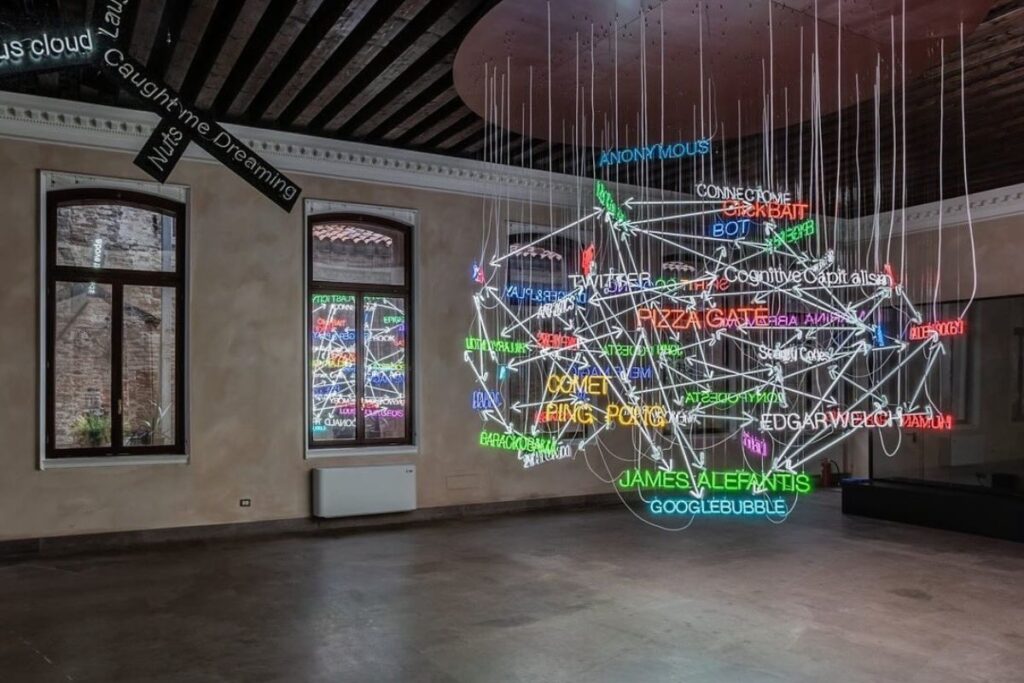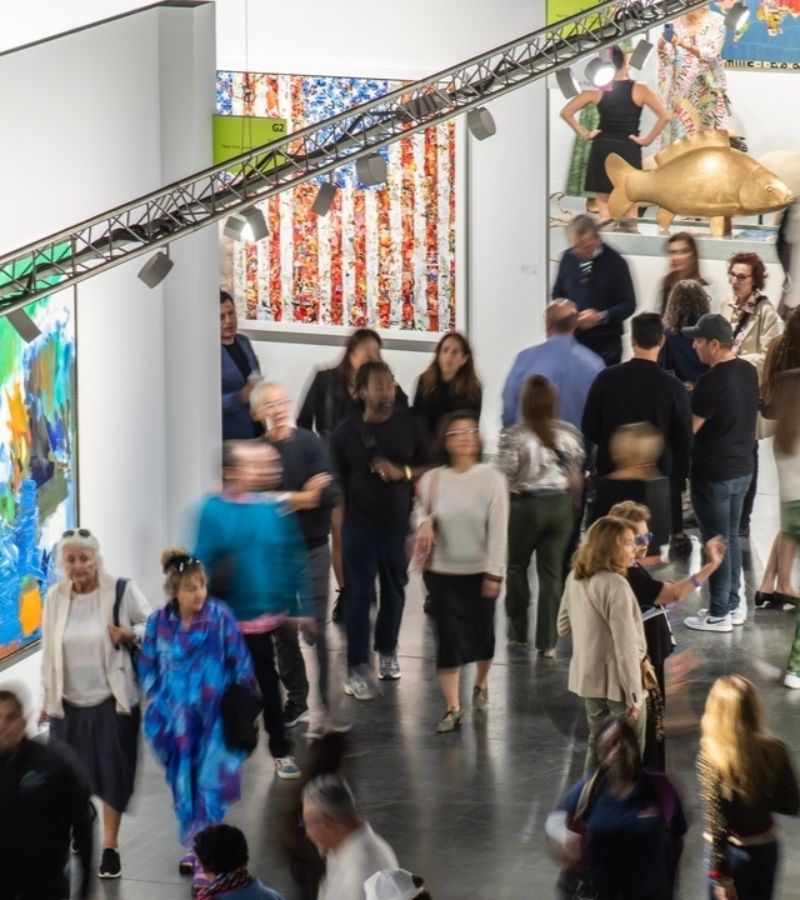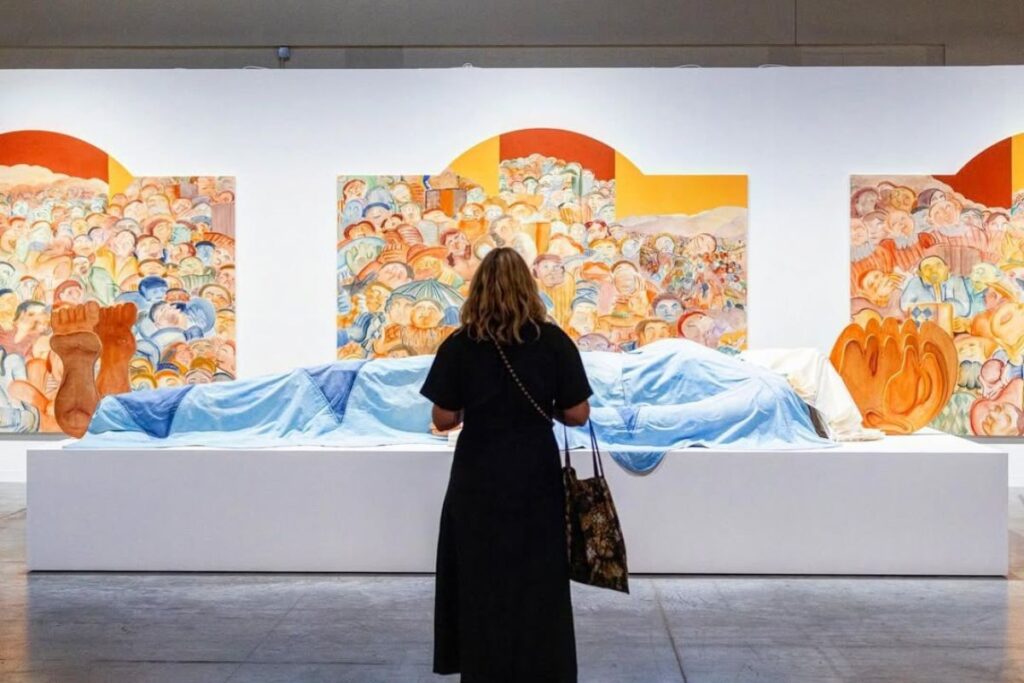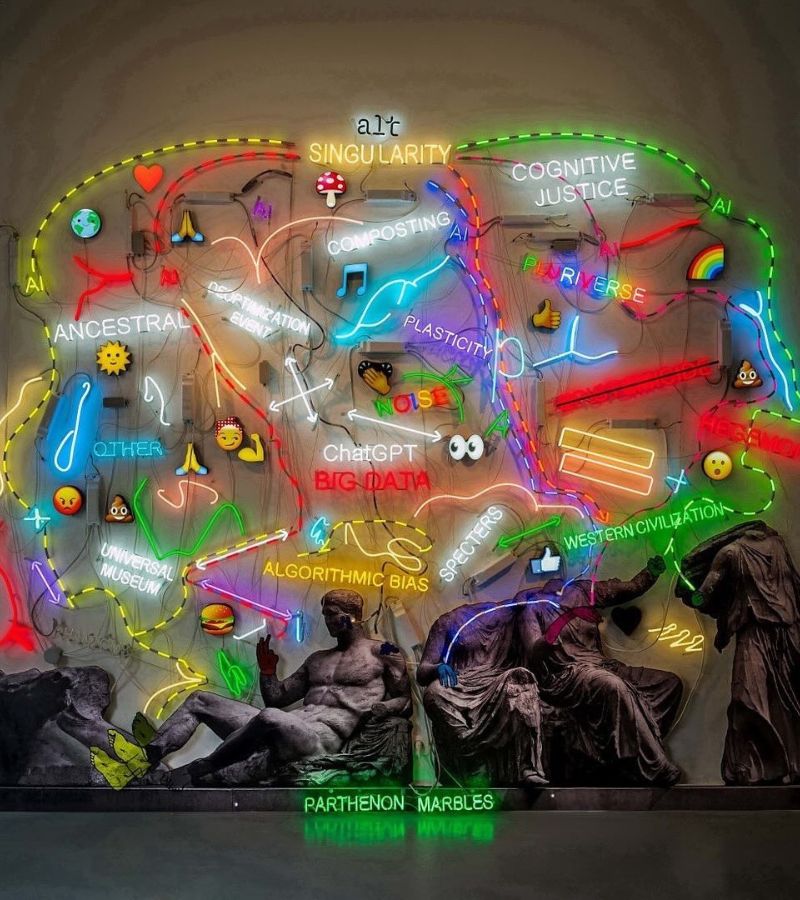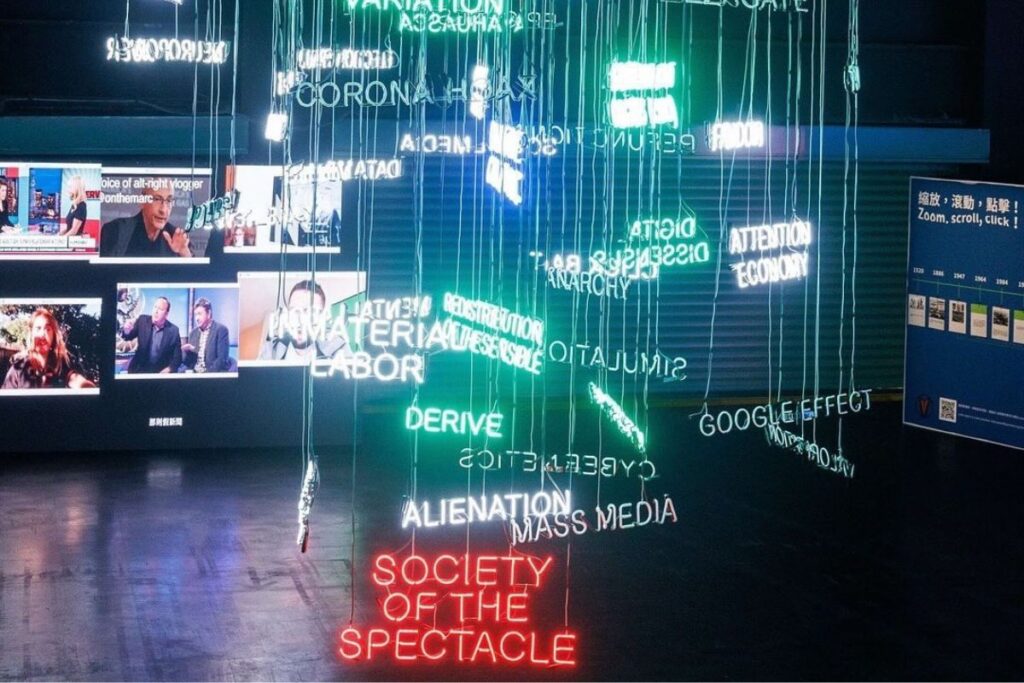The art world is evolving, and at the forefront of this transformation are millennial collectors. As they step into the spotlight, they are reshaping the landscape of art collecting. With their unique preferences and buying habits, millennials are redefining what it means to collect art.
At Art Basel, one of the most prestigious art fairs in the world, these trends become even more pronounced. Let’s explore the intersection of millennial collecting and their experiences at Art Basel.


